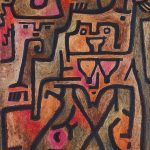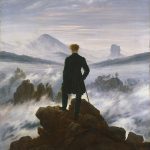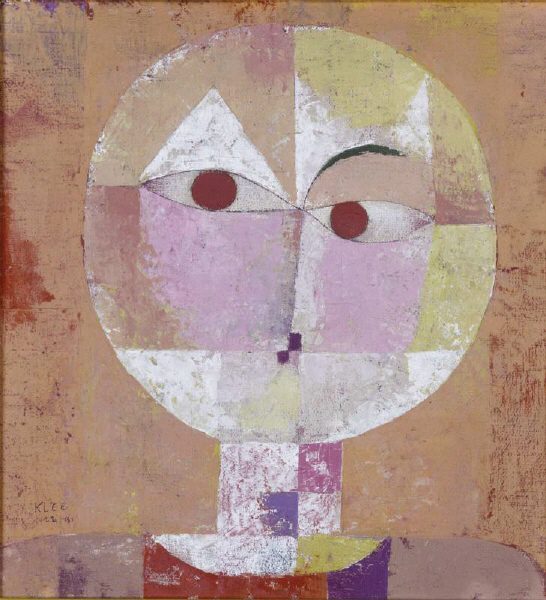
Paul Klee (1879–1940) was a Swiss-German artist whose unique body of work defies easy classification, blending elements of expressionism, cubism, and surrealism. Born on December 18, 1879, in Münchenbuchsee, Switzerland, Klee was a prolific artist whose creative output included over 10,000 paintings, drawings, and etchings, marking him as one of the most innovative and influential figures in the early 20th-century art world.
Klee’s early life was steeped in music, as both his parents were musicians. However, he chose to pursue art, studying at the Academy of Fine Arts in Munich, where he was exposed to the traditional academic training of the time. Despite this conventional start, Klee’s art would eventually break free from these confines, driven by his deep interest in color theory and a lifelong commitment to experimentation and learning.
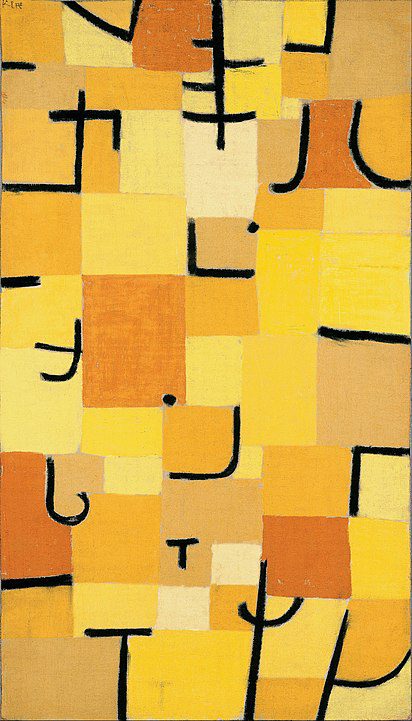
In 1911, Klee’s artistic direction took a significant turn after he became involved with the Blue Rider (Der Blaue Reiter) group, an association of artists including Wassily Kandinsky and Franz Marc, who sought to express spiritual truths through their art. This exposure to avant-garde ideas ignited Klee’s own creative explorations, leading him to develop a highly personal style characterized by abstracted forms, symbolic imagery, and innovative use of color and line.
Somber Tone
Klee’s experiences during World War I, where he served in the German army, introduced a somber tone to his work, reflecting the chaos and destruction of the time. However, his art remained fundamentally optimistic, often exploring themes of music, poetry, and the natural world through a whimsical and sometimes childlike perspective. His teaching tenure at the Bauhaus school from 1921 to 1931 further honed his theoretical approach to art, particularly his belief in the harmonious interplay between form, color, and line. His pedagogical work, including the publication of his “Pedagogical Sketchbook” in 1925, influenced generations of artists and designers.
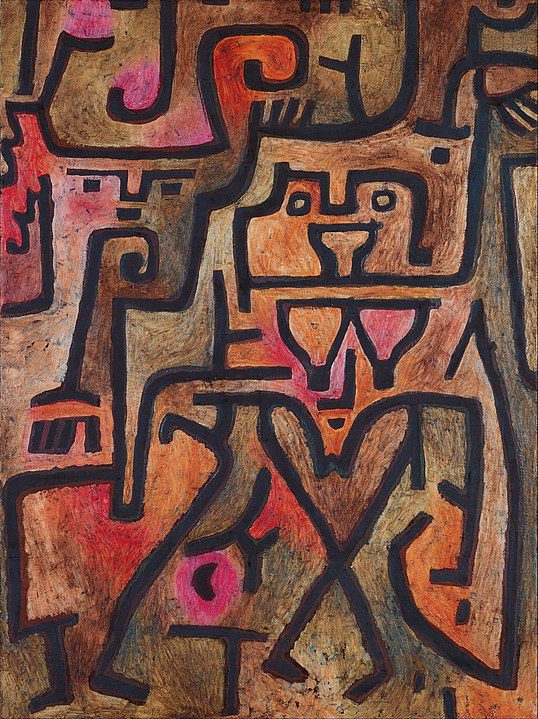
Klee’s art is notable for its diverse range of influences, including children’s art, primitive art, and the artistic traditions of various cultures, which he blended into a unique visual language. This language was built upon complex symbols and fantastical creatures, set within dreamlike landscapes that defy conventional perspective and proportion. Works such as “Twittering Machine” (1922) and “Fish Magic” (1925) exemplify his ability to combine the whimsical with the profound, inviting viewers into a world governed by a different set of rules.
degenerate
The rise of the National Socialist regime in Germany profoundly affected Klee, leading to his dismissal from his teaching position at the Düsseldorf Academy and the labeling of his work as “degenerate.” In response, Klee returned to Switzerland in 1933, where he continued to work despite increasing health problems. During this final period of his life, his work became more introspective and abstract, reflecting both his personal struggles and his unwavering creative spirit.
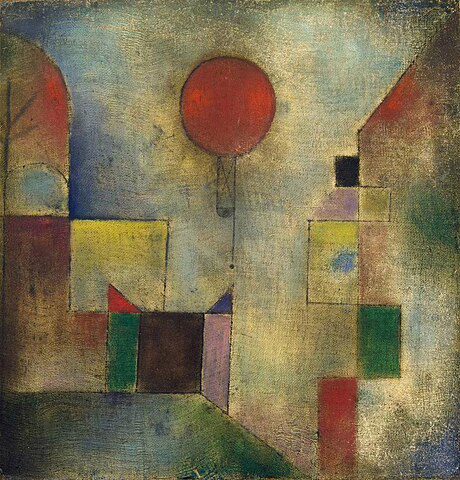
Paul Klee passed away on June 29, 1940, in Muralto, Switzerland. His legacy is that of an artist who continually sought to expand the boundaries of artistic expression, using his deep understanding of color, form, and line to explore the complexities of the human psyche and the mysteries of the universe. Klee’s work remains a testament to the power of art as a medium for personal exploration and universal communication, influencing countless artists and leaving an indelible mark on the landscape of modern art.


